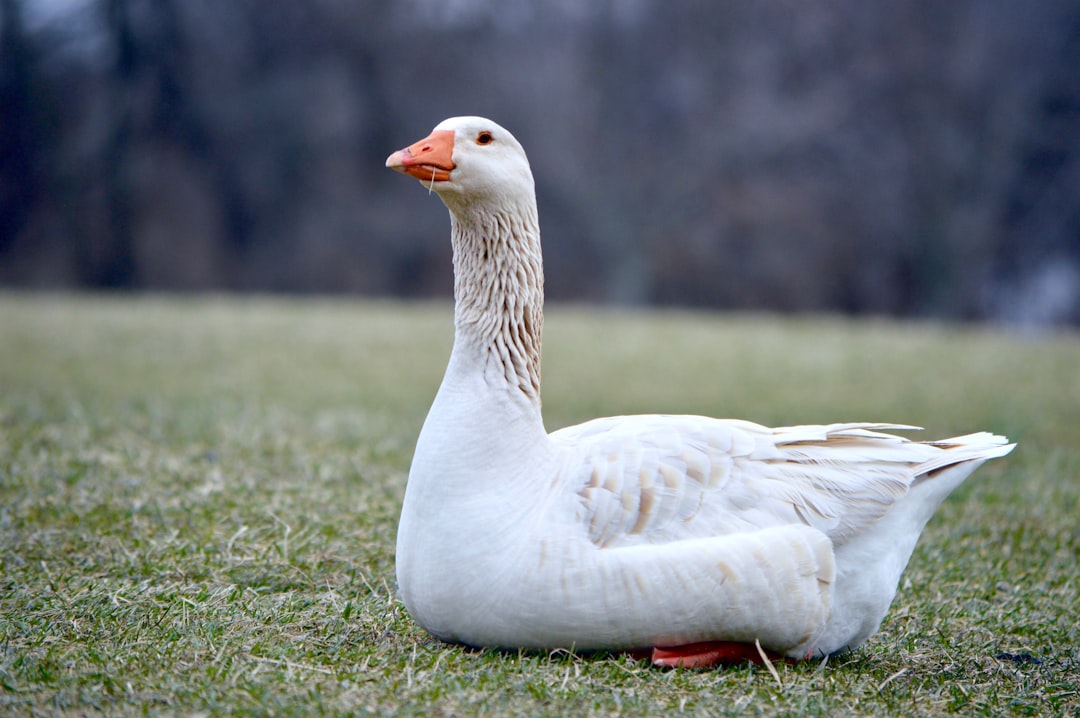What is it about?
We invited zoos, aquariums and wildlife parks in the UK to answer a questionnaire about the epidemiology of avian malaria in penguins. We found that this is a frequent disease although the diagnosis is not always confirmed, the treatment options are inconsistent and there could be populations at higher risk. Therefore, prevention, mosquito control and surveillance are recommended.
Featured Image

Photo by Leon Pauleikhoff on Unsplash
Why is it important?
Avian malaria may cause serious outbreaks in captive penguins but also recurrent cases with high lethality rates, which in the long term are also important. Therefore, this disease is a constant threat to penguin health and wellbeing. Avian malaria has been reported in wild penguin colonies and it has been considered as an emerging disease for some species; consequently, what we learn about it in captive penguins could also contribute to its better management in the wild.
Perspectives
Avian malaria is a challenging disease to diagnose for the unspecific signs and lesions that it causes, and it is also difficult to treat effectively. However, as we found that many cases of avian malaria were suspected but not confirmed, a timely diagnosis should be attempted whenever possible. This disease will likely continue to affect captive populations of penguins, so prevention efforts should be constantly implemented.
Arturo Hernandez Colina
Read the Original
This page is a summary of: Avian malaria affecting penguins in zoological gardens, aquariums and wildlife parks in the UK, Veterinary Record, May 2021, Wiley,
DOI: 10.1002/vetr.511.
You can read the full text:
Contributors
The following have contributed to this page










